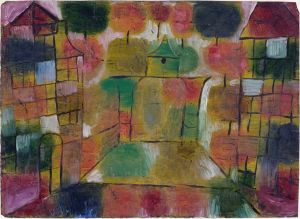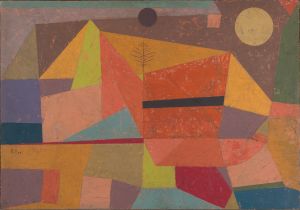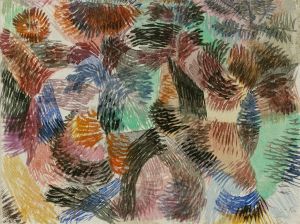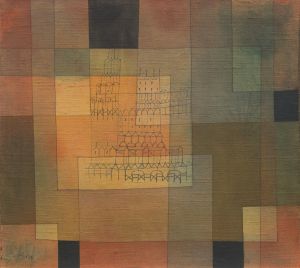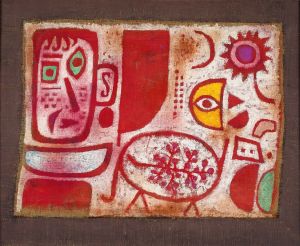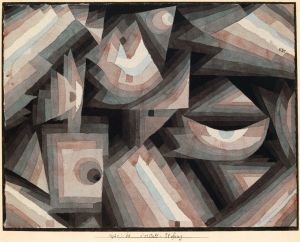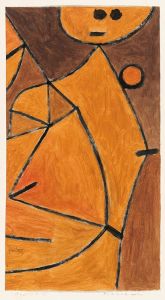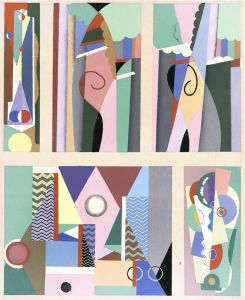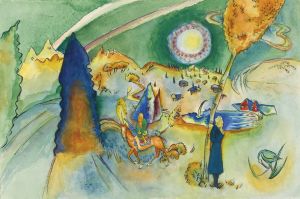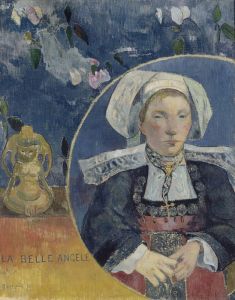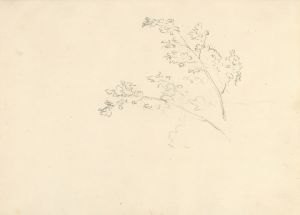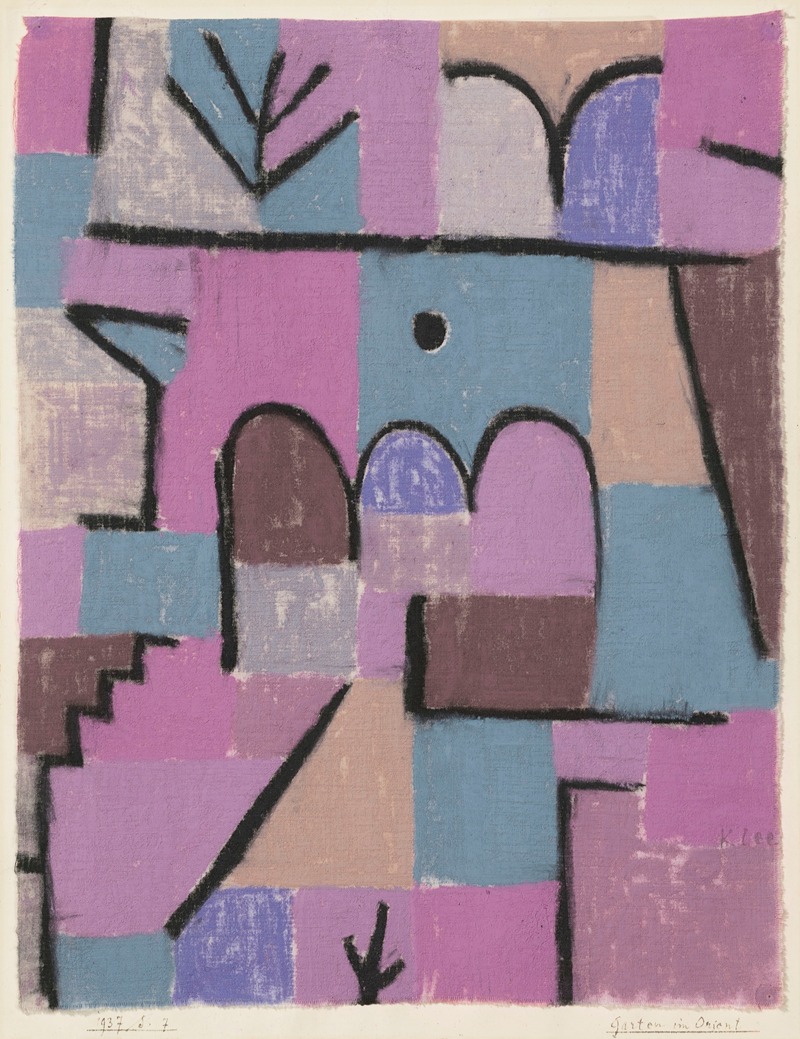
Garten im Orient
A hand-painted replica of Paul Klee’s masterpiece Garten im Orient, meticulously crafted by professional artists to capture the true essence of the original. Each piece is created with museum-quality canvas and rare mineral pigments, carefully painted by experienced artists with delicate brushstrokes and rich, layered colors to perfectly recreate the texture of the original artwork. Unlike machine-printed reproductions, this hand-painted version brings the painting to life, infused with the artist’s emotions and skill in every stroke. Whether for personal collection or home decoration, it instantly elevates the artistic atmosphere of any space.
Paul Klee was a Swiss-born artist whose unique style was influenced by movements in art that included Expressionism, Cubism, and Surrealism. His work often reflects a deep exploration of color theory and a playful, childlike perspective. One of his notable works is "Garten im Orient" (Garden in the Orient), which exemplifies his distinctive approach to art.
"Garten im Orient" was created in 1932, during a period when Klee was teaching at the Düsseldorf Academy. This time in his career was marked by a synthesis of his earlier explorations and a mature style that combined his interests in color, form, and abstraction. The painting is a testament to Klee's fascination with the exotic and the mystical, themes that recur throughout his oeuvre.
The title "Garten im Orient" suggests an exploration of an imagined or idealized Eastern garden. Klee was known for his interest in non-Western cultures, which he often incorporated into his work through abstract forms and vibrant colors. This painting is no exception, as it features a rich tapestry of colors and shapes that evoke the lushness and mystery of an oriental garden. The use of color in "Garten im Orient" is particularly noteworthy. Klee employed a palette that includes deep blues, vibrant greens, and warm earth tones, creating a harmonious yet dynamic composition. His understanding of color theory allowed him to create a sense of depth and movement within the painting, drawing the viewer into the imagined space of the garden.
The composition of "Garten im Orient" is characterized by its abstract forms and geometric shapes. Klee often used a grid-like structure in his paintings, which can be seen in this work as well. The grid serves as a framework within which Klee arranges his forms, allowing for a balance between order and spontaneity. This structure is filled with organic shapes that suggest foliage, flowers, and other natural elements, yet they remain abstract enough to leave much to the viewer's imagination.
Klee's work is often described as having a musical quality, and "Garten im Orient" is no exception. The rhythmic arrangement of shapes and the interplay of colors create a visual melody that resonates with the viewer. This musicality is a reflection of Klee's own background; he was an accomplished violinist and often drew parallels between music and visual art in his work.
The painting also reflects Klee's interest in the spiritual and the metaphysical. The garden, a symbol of paradise and tranquility, is a recurring motif in art and literature, and Klee's interpretation invites contemplation and introspection. The abstract nature of the work allows for multiple interpretations, encouraging viewers to engage with the painting on a personal level.
In summary, "Garten im Orient" by Paul Klee is a vibrant and imaginative work that exemplifies the artist's mature style. Through his masterful use of color, abstract forms, and a grid-like composition, Klee creates a visual representation of an oriental garden that is both mystical and inviting. The painting reflects Klee's interests in non-Western cultures, music, and spirituality, making it a rich and multifaceted piece that continues to captivate audiences.





